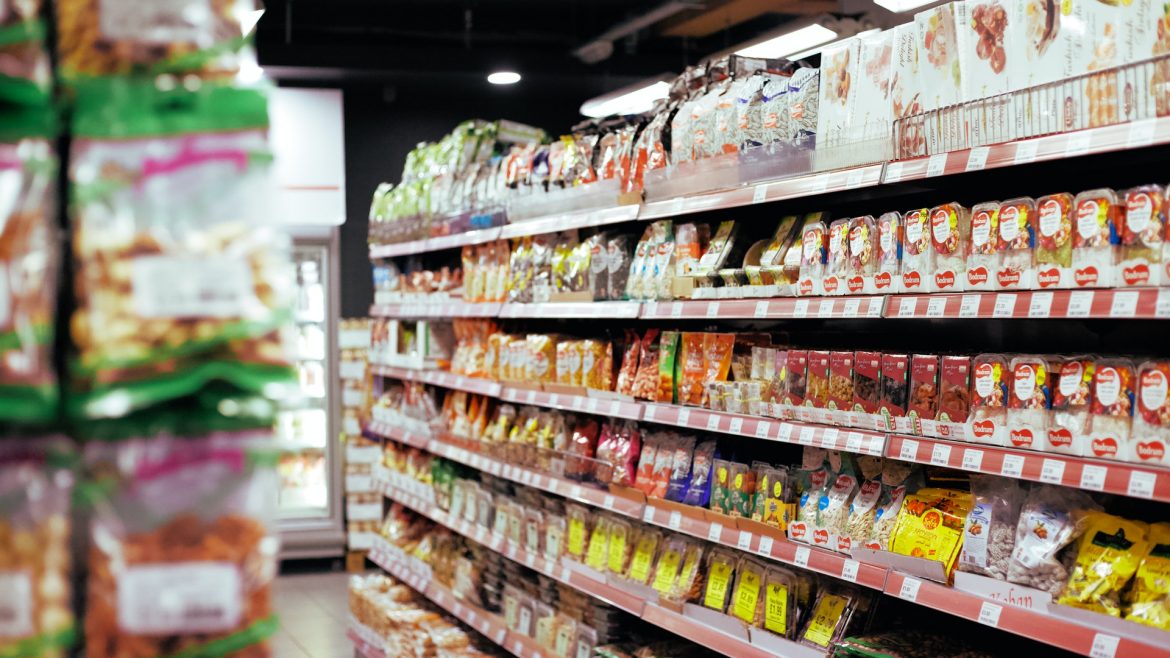National Food Company
A national food company introduced a new line of products in order to extend its brand reach. The intro was well-received initially and the production line was increased in order to be able to fill increased demand.
As time passed, sales did not meet expectations and by the time reality became apparent there was an overproduction leading to short code, “sell-by dates”.
This proceeded to negatively impact the value of the product because mainline grocers were no longer willing to purchase these goods due to shelf-life issues thereby forcing the food company to sell into the secondary market where values were only 25% of originally planned wholesale pricing.
Considering all their options and wanting to avoid the negative accounting issues of write-downs and reserves, the company, instead of selling for heavily discounted cash liquidation value, traded the problem inventory receiving its full wholesale value in a multi-lateral, open purchase Trade Credit.
To utilize the Trade Credit, domestic and international logistics providers were identified and willing to accept TC as partial payment in order to gain new business opportunities. Additionally, several providers of raw materials participated in the TC program further reducing the amount of cash needed for the production of several lines of product.




